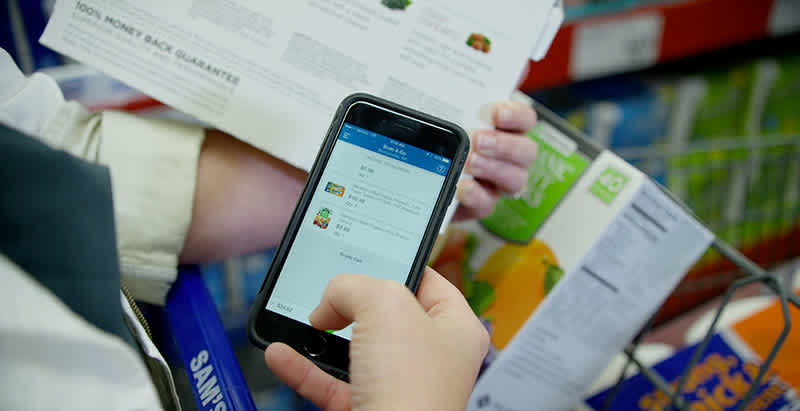The use of technology in retail is nothing new. For some time‚ the sector has been investigating automation as a means of increasing efficiency‚ reducing costs‚ raising profits and providing better customer experience. Many outlets also use cameras to monitor customer movements‚ identifying where they engage most with products and creating traffic heat maps to optimise store layout.
Despite many brands taking innovation seriously and even developing their own retail mobile strategies‚ the industry is still notoriously slow to adopt new technologies‚ often holding back until their worth has been proven. Generally‚ those who take this approach lose no competitive advantage‚ since most of their market rivals will be doing exactly the same. But it does leave the door wide open for disruption‚ with those who innovate first set to benefit most.
Checkoutless Shopping:
In December 2016‚ Amazon revealed Amazon Go‚ a concept the company bravely dubbed ‘the world’s most advanced shopping technology’.
The innovation‚ which is being tested at a prototype store in Seattle‚ combines machine learning‚ computer vision and artificial intelligence to remove the frustration of having to wait in line to pay for goods.
Instead‚ customers would download an app to their smartphones‚ which they would scan upon entering the store. Then it would be a simple matter of picking up the products they want and leaving‚ at which point their bank accounts would be charged and a digital receipt delivered automatically. Naturally‚ some may worry about the accuracy of virtual shopping carts‚ but Amazon has given assurances customers would not be charged for anything they had not left the store with.
Mobile Checkout:
Tesco has also been innovating to help its customers reduce time spent at the tills. In 2013‚ the retail giant launched PayQwik‚ distributing scanners so people could process their own purchases as they went along‚ rather than having to unload and repack a trolley. Three years on‚ it released the PayQwik mobile app‚ replicating the system in the form of mobile payments. Most recently‚ the company rebranded its swift mobile checkout option as Tesco Pay+.
Others now seem to be taking notice. Walmart‚ which is investing heavily in technology‚ for instance‚ has launched a ‘Scan & Go’ app – a move which is already proving fruitful. Elsewhere‚ Sainsburys have began testing their own mobile-first checkoutless shopping experience.
Immersive Training:
Clearly‚ mobile will play a key role in improving customer experience. But retailers looking to gain an edge are also paying plenty of attention to emerging and rising technologies.
Walmart’s aforementioned investment‚ for example‚ will include providing Virtual Reality-based training to 140‚000 of its US staff by the end of 2017. This means employees can prepare themselves for a host of ‘real world’ scenarios without the usual risk of negative repercussions should things go wrong. This means improved efficiency‚ translating to higher profit margins.
Ultimately‚ retail giants appear to be becoming more receptive to the many benefits that accrue from technology integration. With big players in the sector investing large sums in this area‚ all the signs suggest those who remain slow to evolve may be in danger‚ whatever their size.






